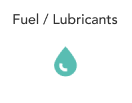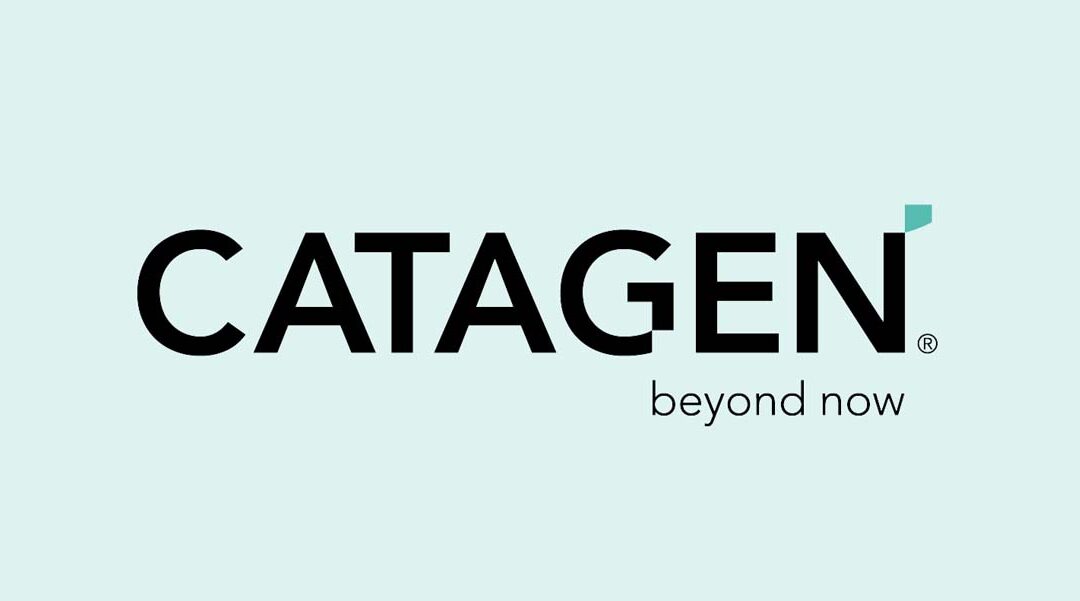ABSTRACT
A three-way automotive catalyst’s ability to store oxygen is still a crucial performance metric for modern day catalyst applications. With more stringent emissions legalisation, the oxygen storage capacity (OSC) within a catalyst can assist with converting different harmful exhaust gases such as CO, THC and NOx under transient operating conditions. Additionally, OSC is currently the only onboard catalyst performance metric recorded during a vehicle’s useful life. Catalyst performance is correlated to this OSC measurement. OSC in three-way automotive catalysts can be split into two main OSC types. “Latent” OSC deep within the washcoat and “dynamic” OSC on the surface of the catalyst washcoat. Dynamic OSC is more commonly applied in the evaluation of useful OSC of the catalyst during practical operation.
This paper uses a kinetic OSC model with a new layered washcoat approach to analyse OSC test data and show how latent OSC can affect the dynamic OSC performance of a three-way catalyst. Model predictions highlight how both latent and dynamic OSC of a catalyst varies throughout OSC testing, affecting the conversion performance of the catalyst. The application of the model can be applied to on-road applications. Model predictions are compared in detail to test data to study the interaction between dynamic and latent OSC and how this is affected by catalyst ageing. With a mesh approach, the model can show how OSC is affected axially throughout the brick. This approach will help create an understanding to gain optimal dynamic OSC performance and improve the conversion efficiency of the catalyst.
This paper is being released at SAE World Congress on Thursday, 7th April 2022 in Detroit, Michigan.
PhD Researcher Liam McGrane and Senior Engineer at CATAGEN will be presenting in the Westin Book Cadillac hotel in room 140D at 4pm, and will be in the area from 5 – 7th April 2022.
Get in contact to book a meeting











